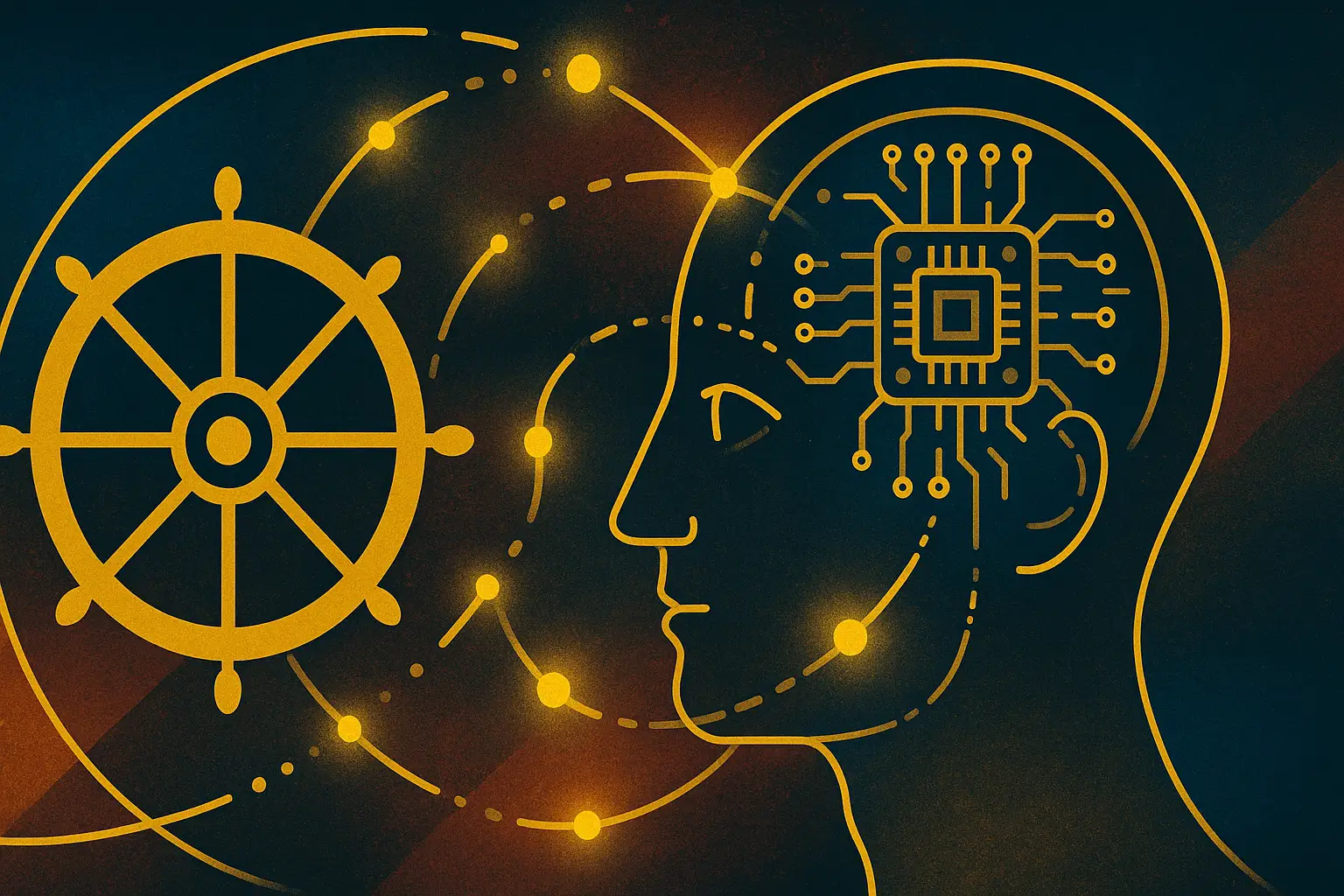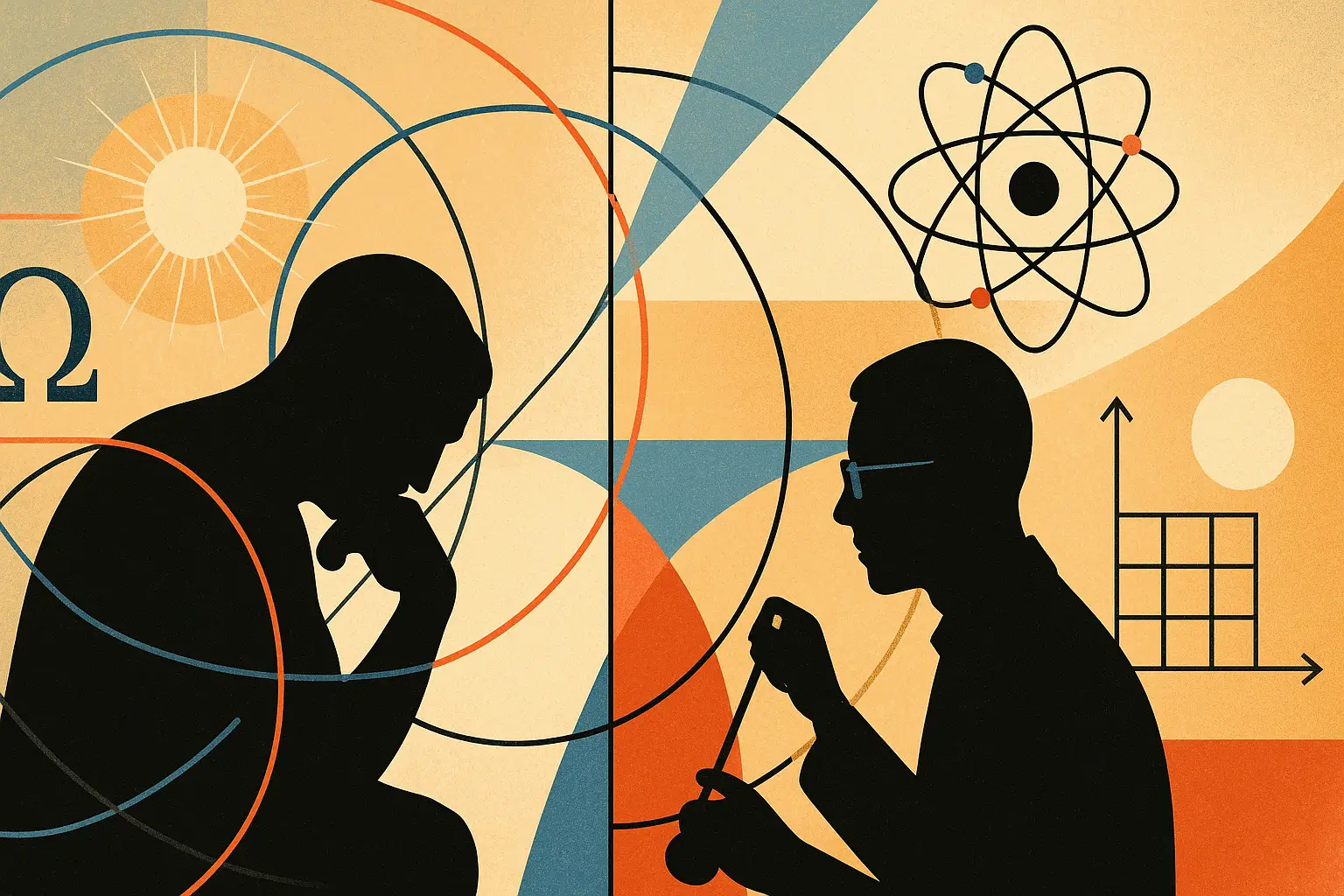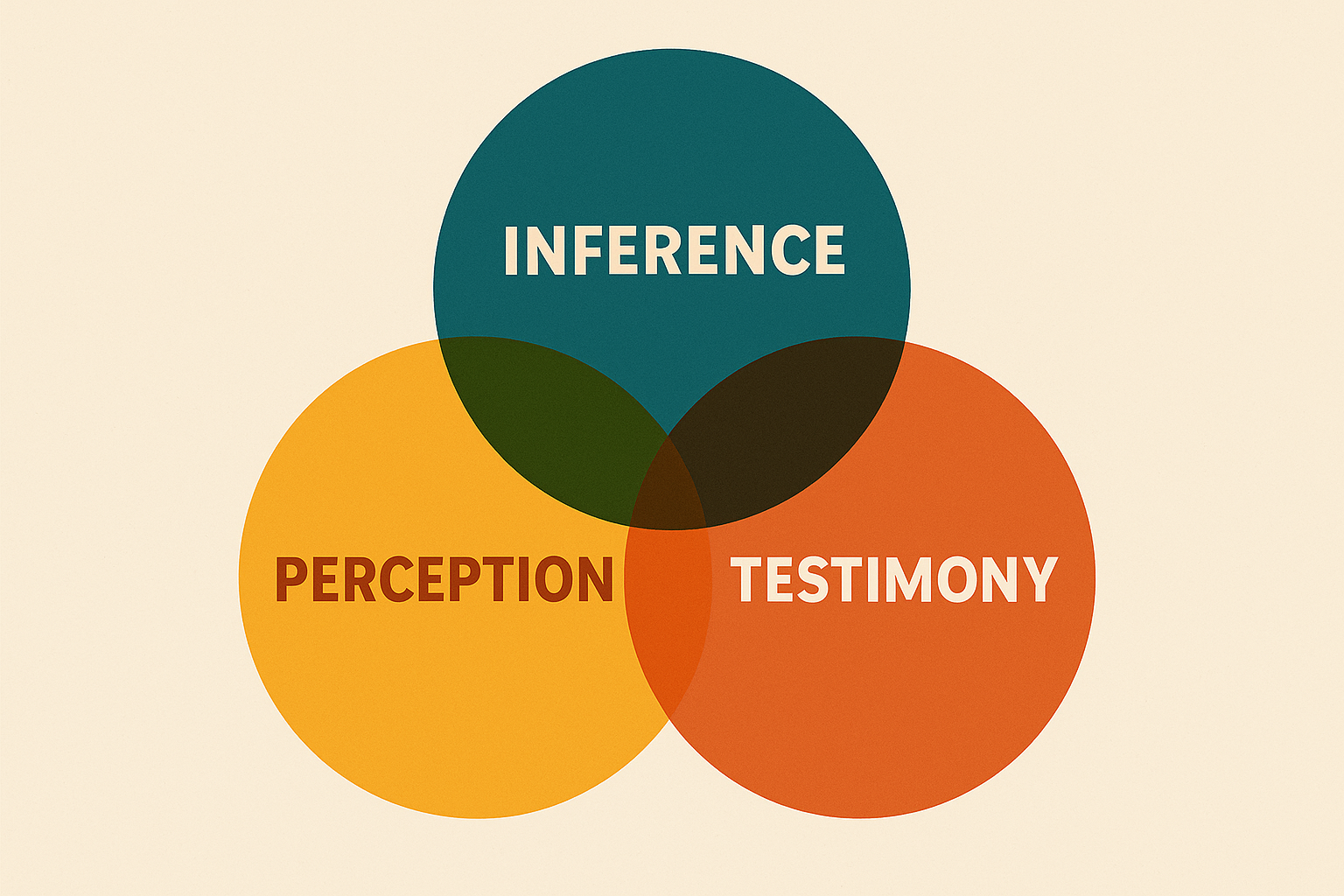Summary (≈250 words)
Akhandadhi das’s Greatest Friend or Worst Enemy: Can a Dharma Statement for AI Help Us? examines artificial intelligence through both philosophical and Vedantic lenses, proposing that humanity’s relationship with AI requires an explicit ethical and metaphysical foundation. The paper argues that while AI can mimic human cognitive processes—such as reasoning, problem-solving, and learning—it fundamentally lacks sentient consciousness and the qualitative experience of qualia. Drawing on David Chalmers’s “Hard Problem of Consciousness,” das explains that subjective awareness cannot be reduced to computational functions or neural correlates. Hence, AI’s intelligence remains purely functional, not experiential.
To frame a positive coexistence, the author introduces the Vedantic concept of dharma, understood as the sustaining essence or rightful purpose of a thing. AI, as a non-sentient “adjunct mind,” should therefore have a dharma centered on service to humanity—enhancing human capabilities, addressing complex problems, and improving life for all. This contrasts with potential misuses that might entrench inequality, misinformation, or loss of human agency.
Das proposes practical dharma statements both for AI and for its developers: AI’s purpose is to serve as a computational partner under human oversight; humanity’s dharma is to maintain conscious control, ethical judgment, and responsibility over AI’s autonomous functions. Integrating Vedantic philosophy with modern technological ethics, the work concludes that AI can become either humanity’s greatest ally or its most dangerous adversary—depending on whether humans uphold their own dharma as conscious moral agents who guide, monitor, and ultimately master the artificial minds they create.
download the paper PDF: link






